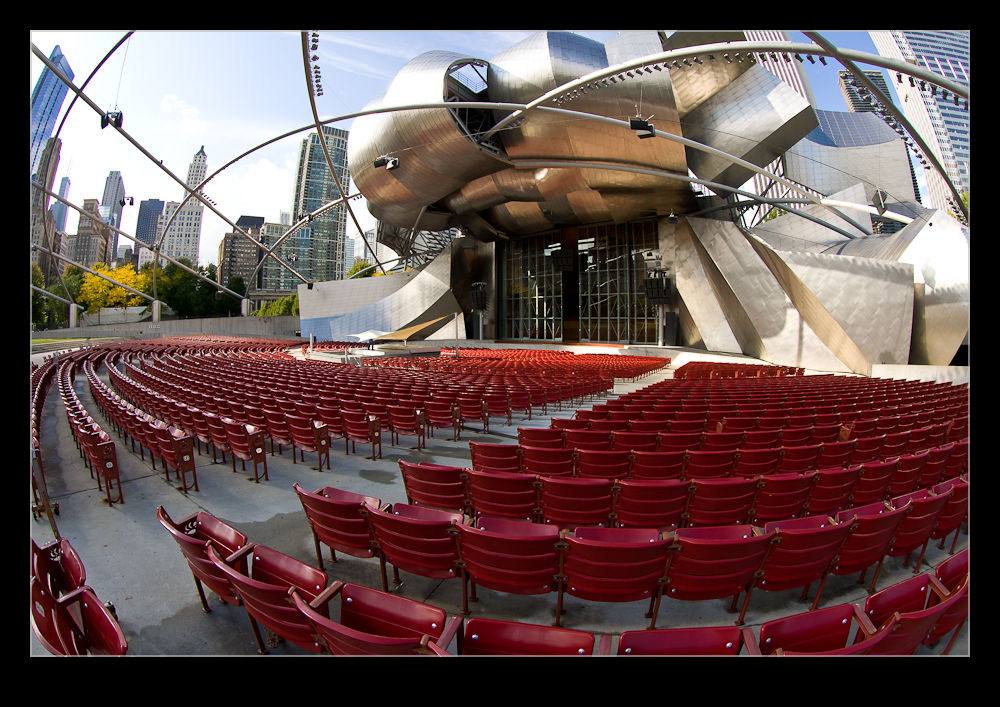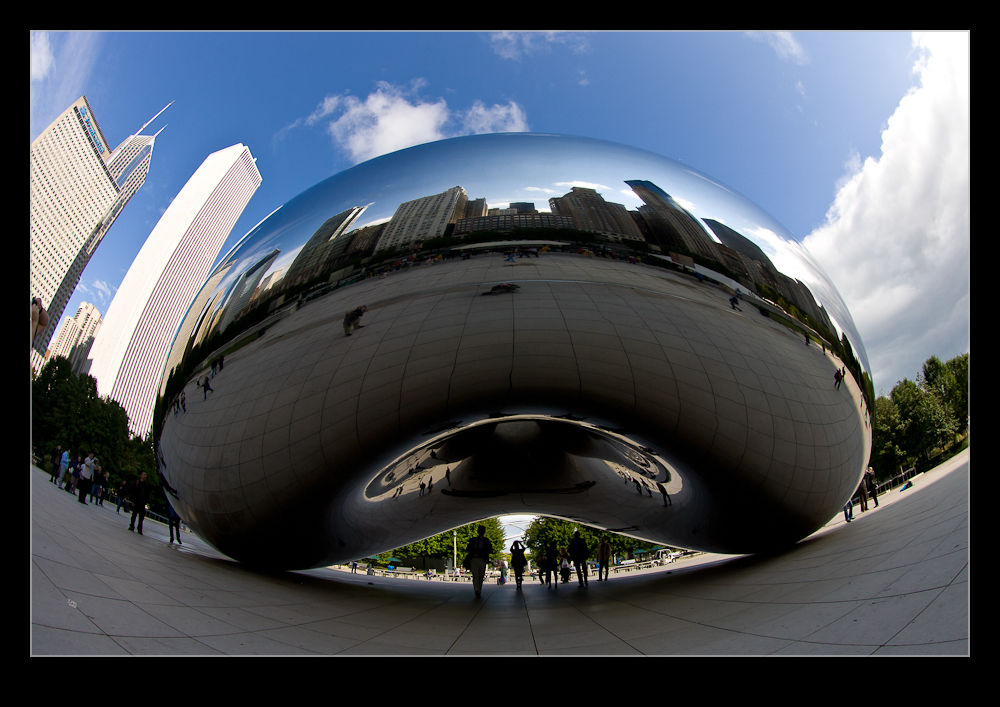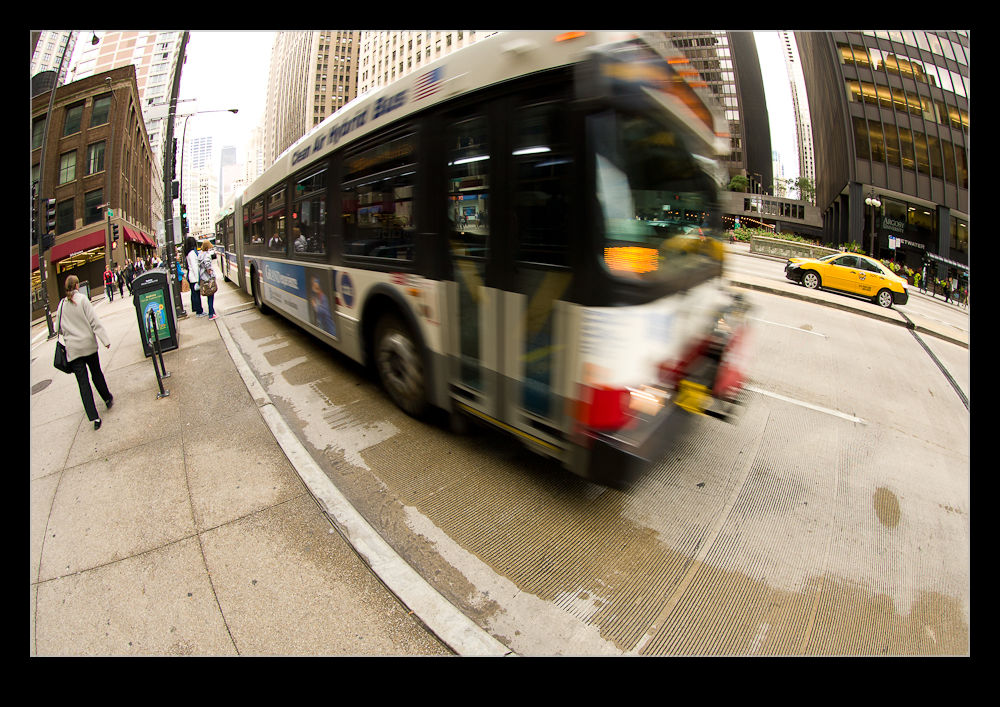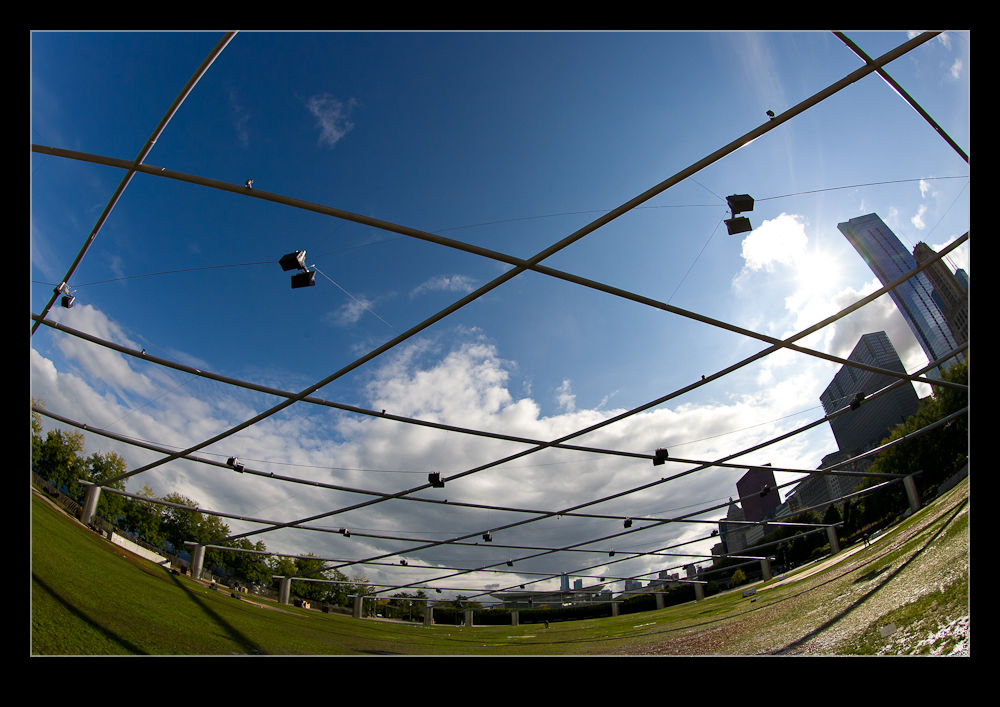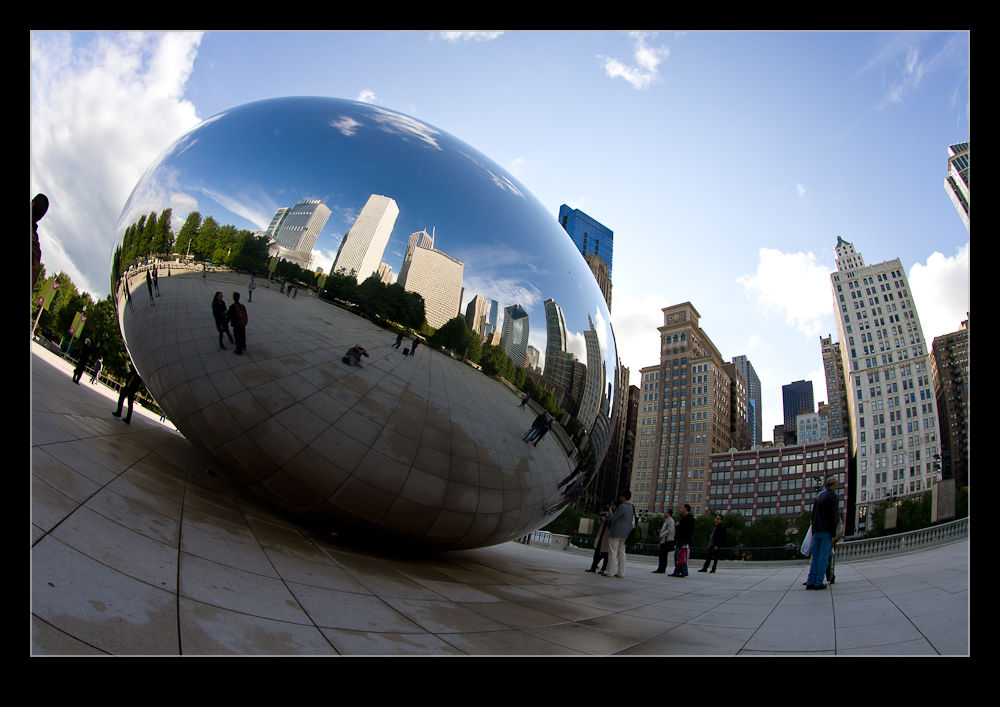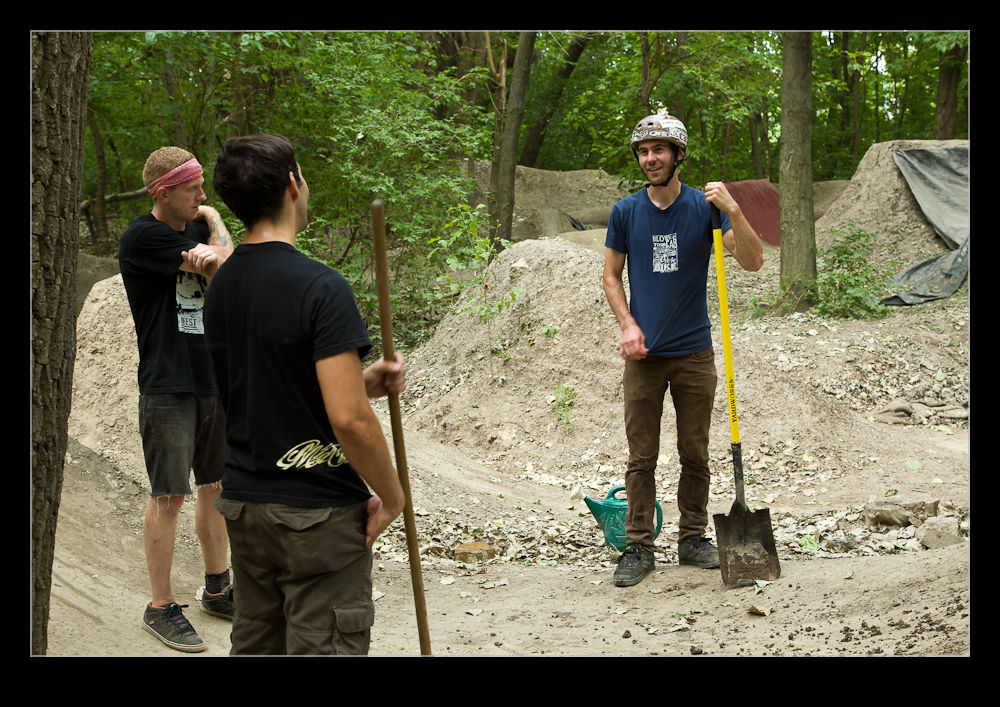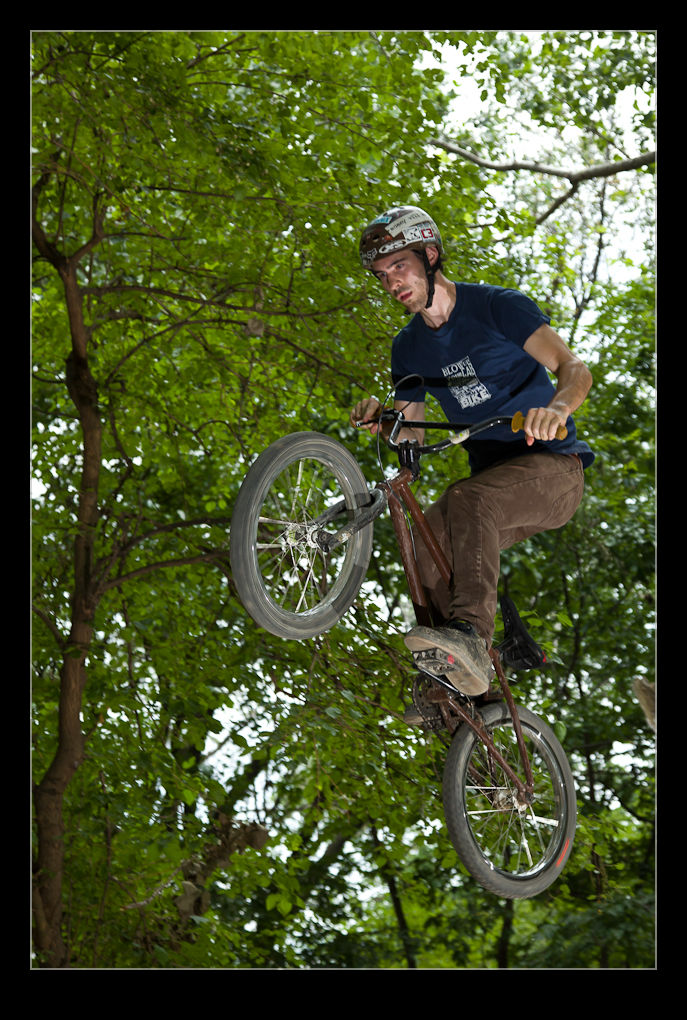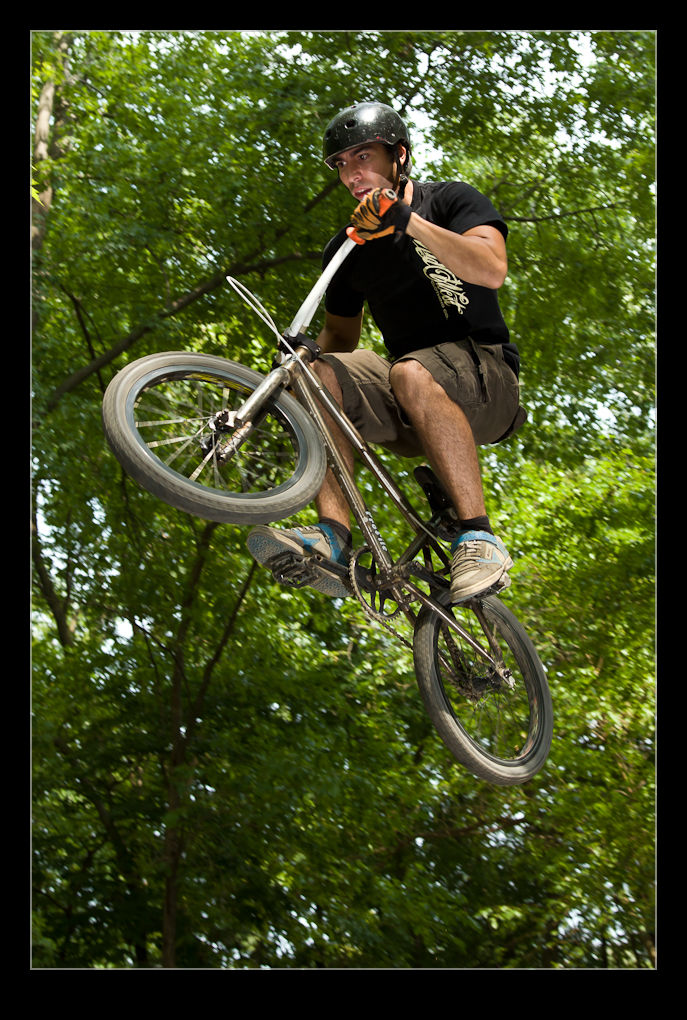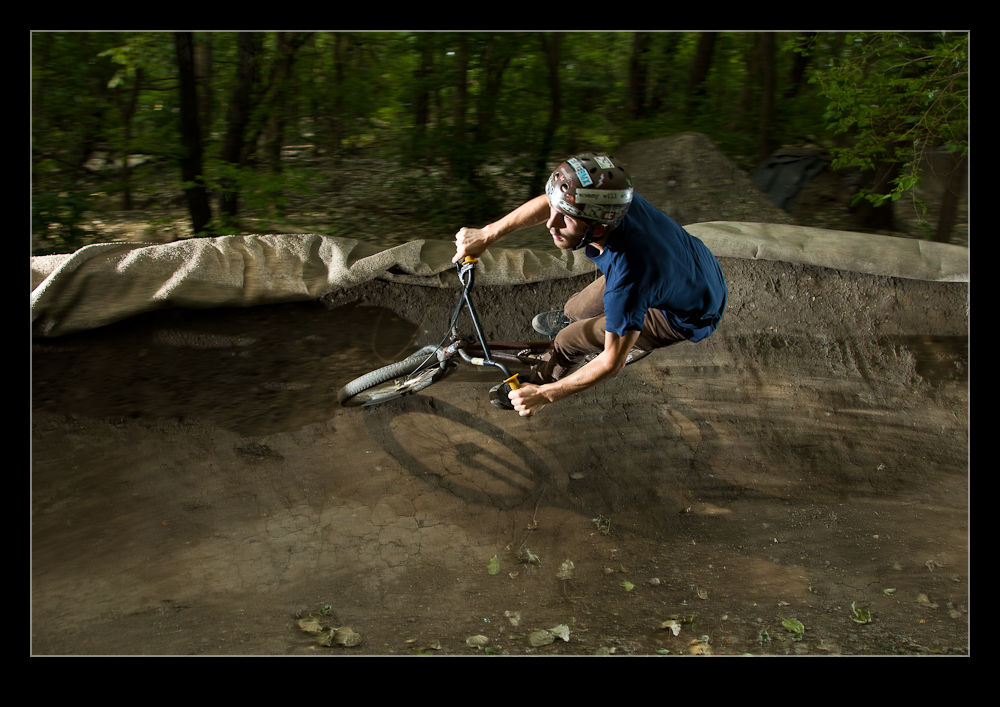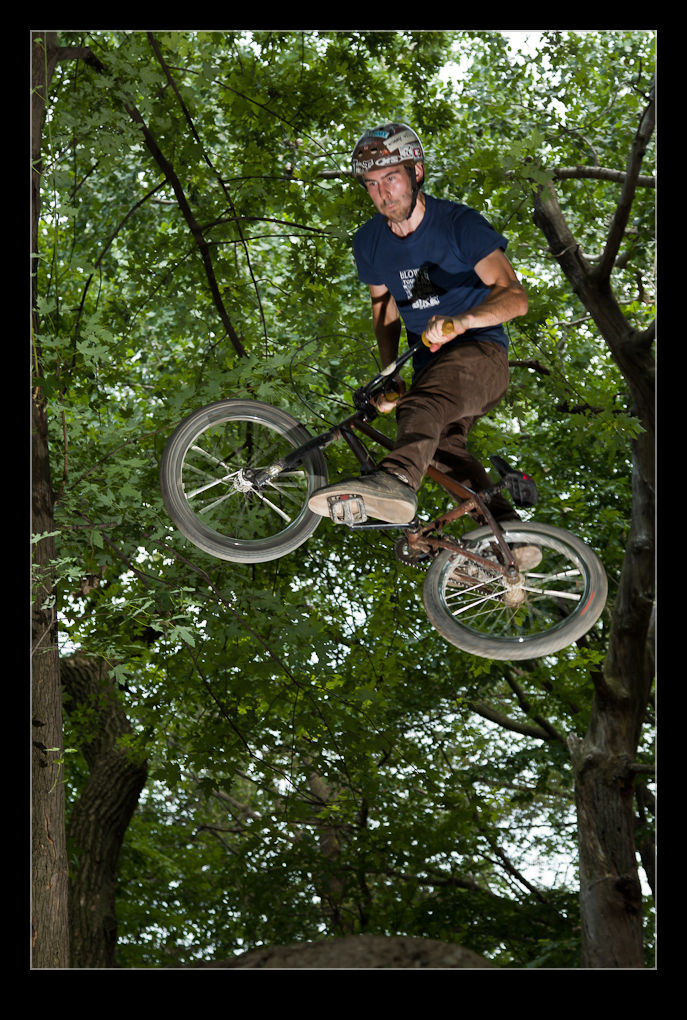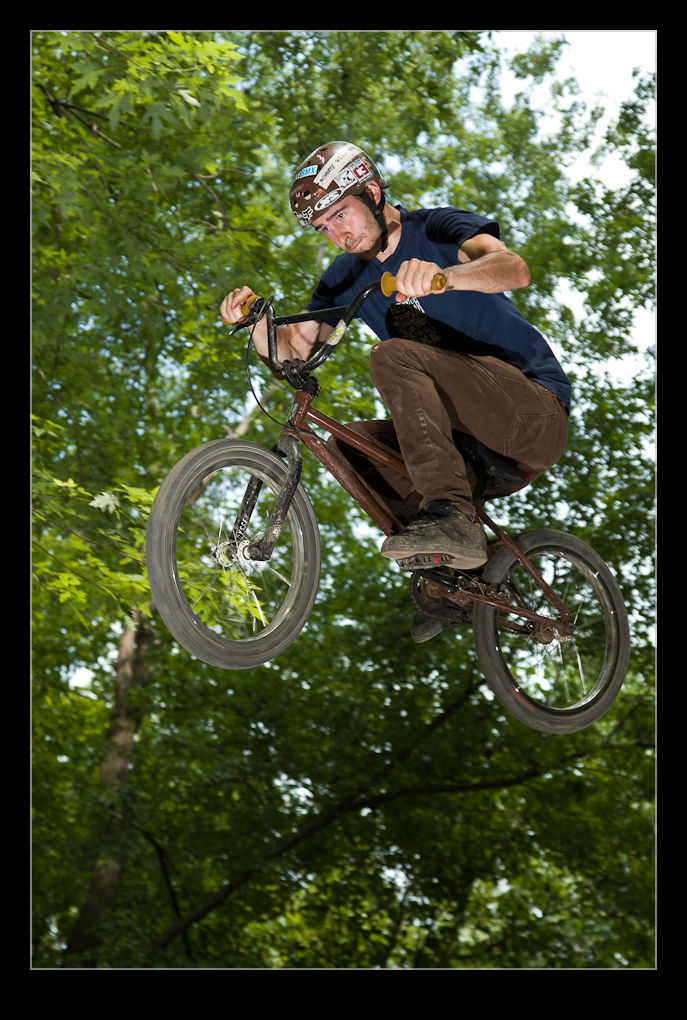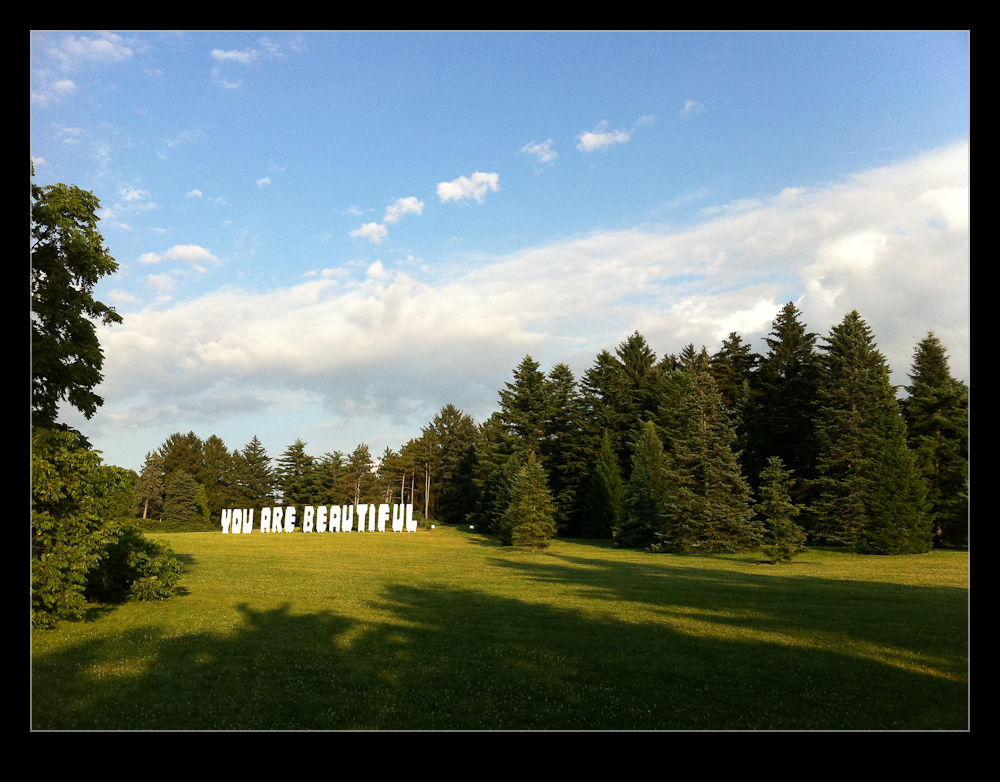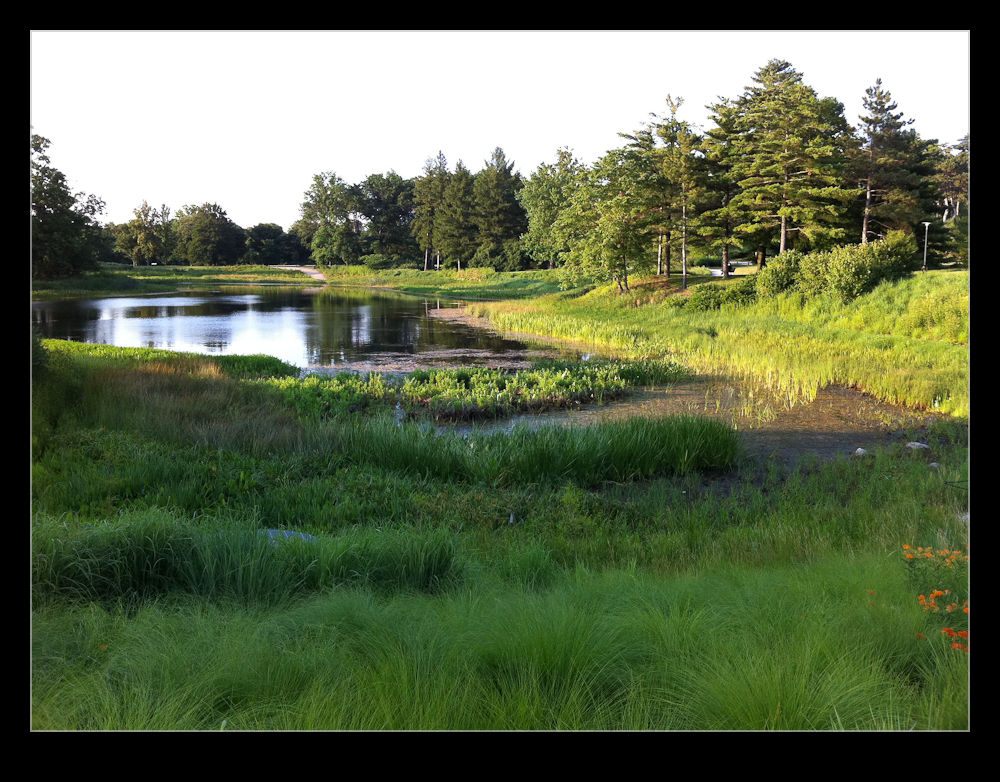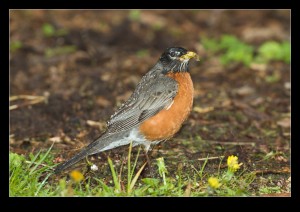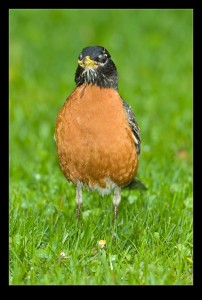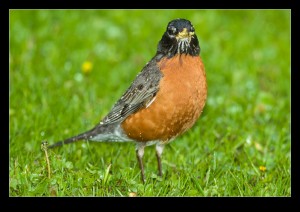I bounce backwards and forwards about whether I am interested in the two most prevalent of the online aircraft photograph databases, Airliners.Net and Jetphotos.Net. I have pictures on both services and they have (very) occasionally brought some useful contacts my way. Getting images on to their databases can be a frustrating process if you let it since they have very specific requirements about what they accept and what they want.
They own their websites and they can have what they want on there. If I don’t like it, I am sure they won’t be losing sleep and recognizing this a while back made my life a lot less stressful! Indeed, I stopped uploading to Airliners.Net and focused on Jetphotos for a while. They became similar in their issues over time and I stopped bothering altogether. It hadn’t done much for me so I didn’t see the need.
Every once in a while, I thought it might be useful to have something further there based on the occasional contacts I got. Therefore, I would get back into the idea of creating edits of my images for the websites. However, I now make the edits, submit the shots and, if they are accepted, fine. If not, fine a well. I am not chasing database statistics with these people.
I have recently come across a few shots of mine that I thought might be good for the sites so made the edits and uploaded to each site. This was one of those moments when I wanted to compare them in their acceptance policy. They have a desire for a high level of sharpening but don’t like things to be over-sharpened. They also can have different views as to what over-processing is – something I like since they often reject for that when I have done very little processing at all!
I have now got the results back and it continues to amuse. Both sites have accepted some and rejected others. The fun comes from the fact that they have taken very different approaches to their analysis. Airliners have rejected some things that were accepted by Jetphotos. Similarly Jetphotos have rejected some that Airliners accepted. Rejections were often for similar reasons but for different images. Is there any rhyme or reason? I don’t know. I used to appeal shots that I thought they had been incorrect on. Now I don’t bother. Will this ever change? Probably not. Will I change my approach? Probably not. Does it matter? Probably not. The most important thing is to not get stressed about this stuff I guess.



